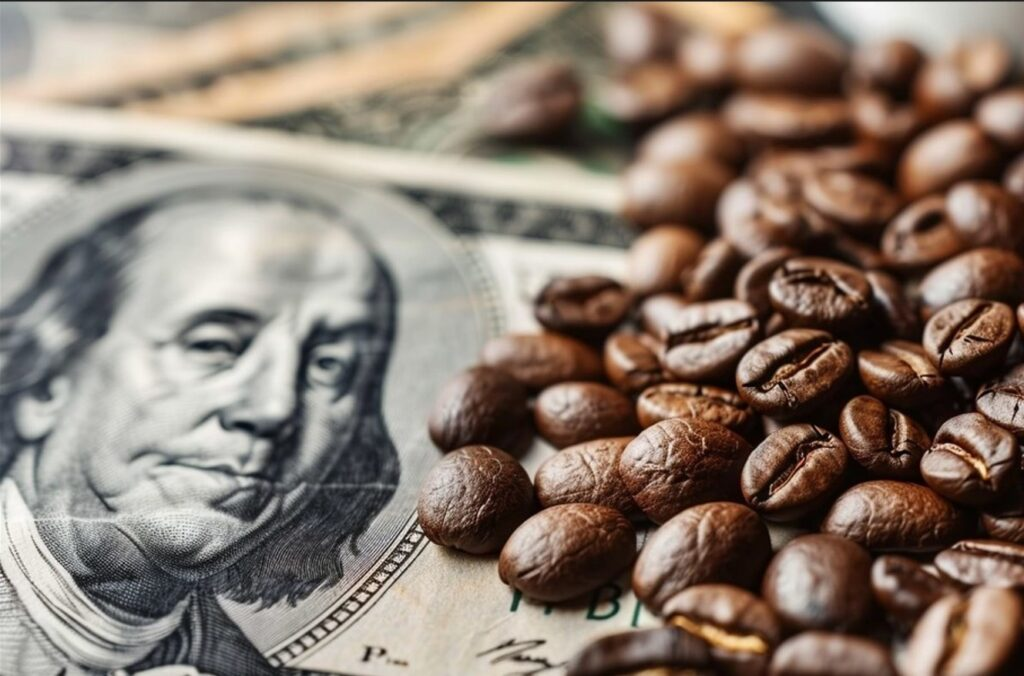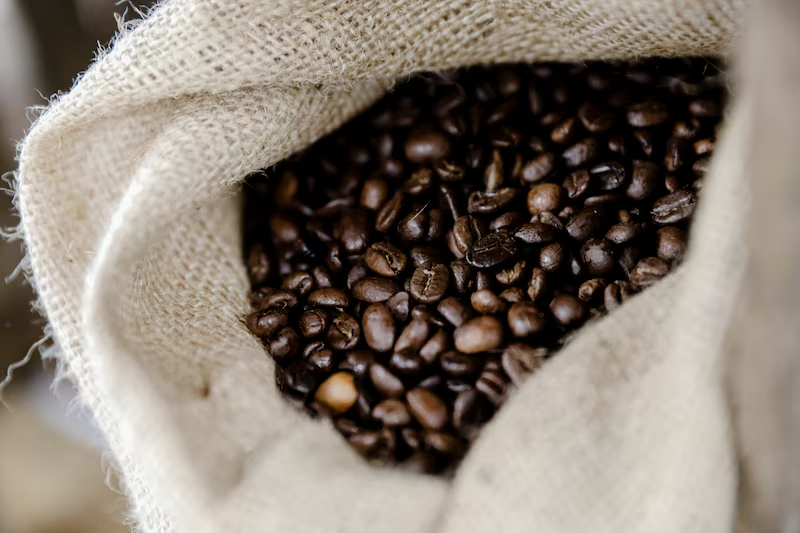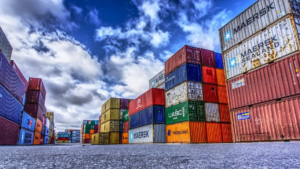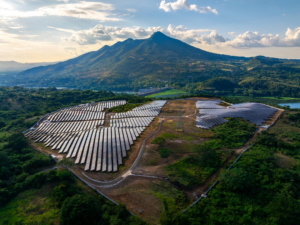
Courtesy
Coffee prices have climbed to record highs, driven by factors such as climate change, political instability and global logistical problems. Experts warn that, although there could be a slight decrease in the future, volatility will continue, affecting both producers and consumers.
Poor weather conditions in Brazil and Vietnam, the world’s main producers, have generated fears of shortages. Severe droughts have significantly affected production, while demand far outstrips supply, driving prices of Arabica and Robusta varieties to unprecedented levels.

Small producers, responsible for two-thirds of world production, face serious difficulties. Despite high prices, many live in poverty. In response, the G7 has approved the creation of a Global Coffee Sustainability and Resilience Fund, seeking to support innovation and ensure fairer payments for farmers.
Arabica, known for its refined flavor, has been particularly hard hit due to its cultivation at altitudes more sensitive to climate change. Meanwhile, robusta, while more resilient, is in lower demand, reflecting its less appreciated profile in the market.

With a 90% increase in the price of arabica during 2024, it reached a record of US$3.48 per pound on december 10, surpassing the values of 1977. The future of the coffee market will depend on sustainable solutions to guarantee both economic stability and the protection of small farmers.







